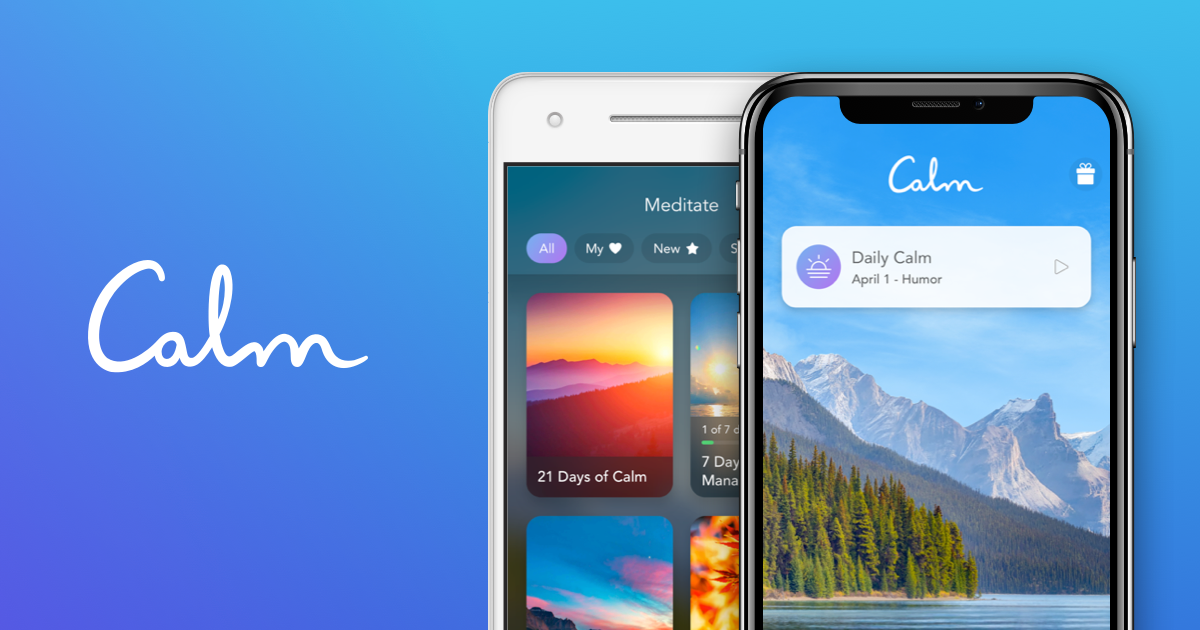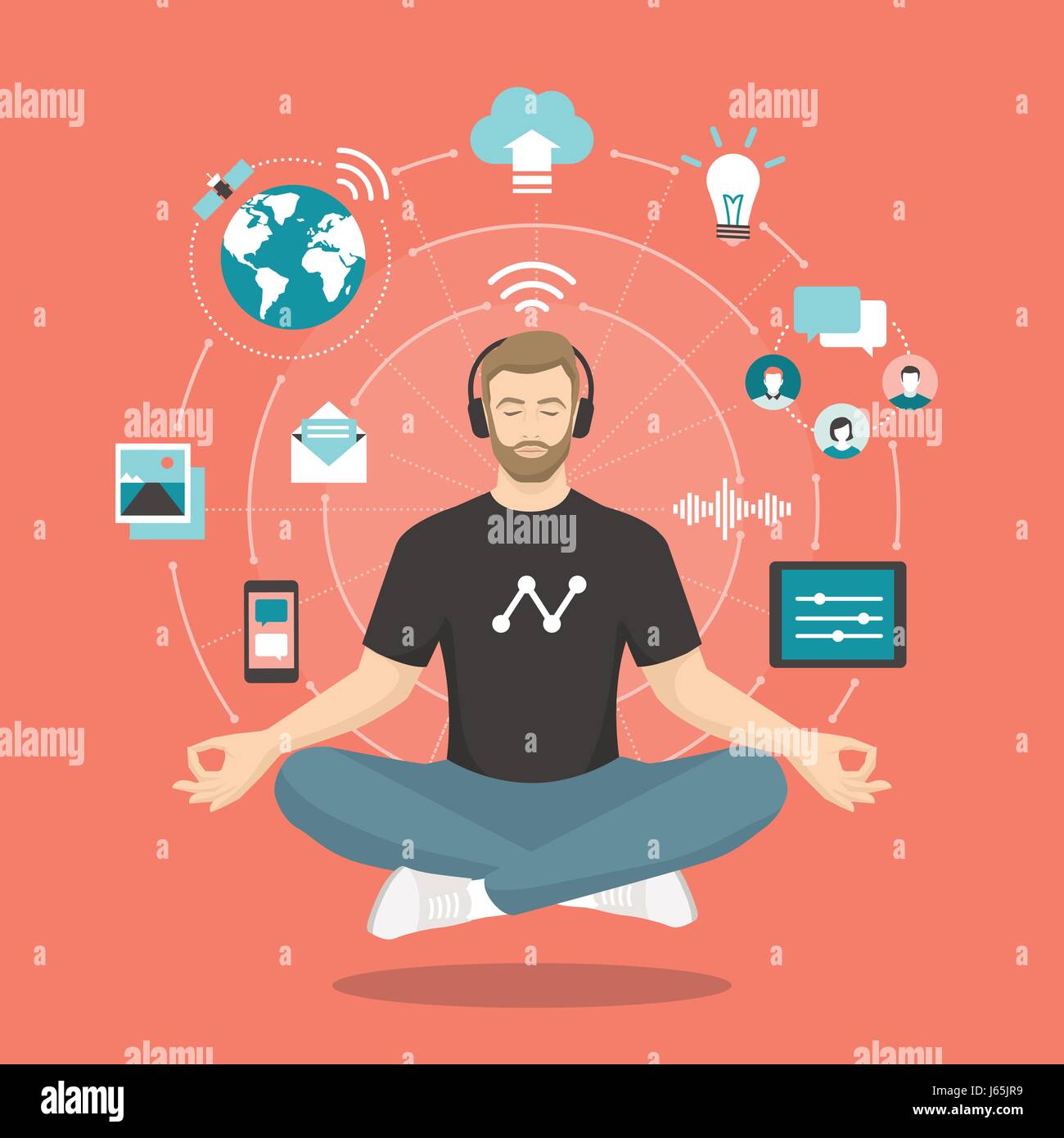
Using guided imagery for relaxation is a great way to relieve stress. You can have a professional guide you through the process or you can practice it on your terms. It is important to get into a deep relaxation state and envision a serene and peaceful scene. You can imagine a beautiful tropical island or lush forest. Or anything that makes you happy and calm. Once you're comfortable with the scene and have settled in, it is time to stop thinking outside of the scene and take a deep breath.
Practicing guided imagery for relaxation is not difficult, but it can take some practice. You can start by finding a calm, peaceful environment in which you can allow your mind to wander and not be distracted by the story. You might also consider listening to calming music while you practice. For a more grounded experience, you could also put your hands on your chest. This will help you remain calm and focused. Your stress levels will decrease as you become more comfortable with the practice.

Guided imagery is an inexpensive and portable method of practicing guided imagery. Guided imagery requires focus and imagination. Guided imagery can be used in private spaces without distractions, just like other forms of relaxation. If you have trouble finding a quiet area to do this, you could use the public restroom. Not only is it important to have a bathroom, but also a dry, clean area to do this.
Guided imagery is great for dealing with stress and other difficult situations. It helps you to unwind and relax. This can be used to manage anxiety or cope with difficult situations. Pediatric psychologists may use this technique with children to help them deal with illnesses and other stressful situations. The psychologists can also teach children how guided imagery exercises can be used to boost self-esteem. It can be very effective in helping you to deal with difficult situations.
Guided imagery can be used to relax. Make sure you use all your senses to see the place. It is crucial to use all of your senses in order for this technique to work. The more details you can imagine, the easier it will be to relax. To achieve the desired effect, you may feel the need for it to be repeated several times. When you repeat this process with your mind, you'll begin to see and feel the same place as the first time.

Guided imagery has many benefits. Guided imagery is great for stress reduction, memory enhancement and wellness. It can help with your mental and physical relaxation. It can reduce anxiety and improve stress resilience. It can help calm you down. It can be used to manage social anxiety. You can always turn to a professional if you're feeling anxious about it.
FAQ
Which are the top 10 foods you should eat?
These are the 10 best foods you can eat:
-
Avocados
-
Berries
-
Broccoli
-
Cauliflower
-
Eggs
-
Fish
-
Grains
-
Nuts
-
Oats
-
Salmon
Do I need to count calories?
Perhaps you are wondering what the best diet is for you. or "is counting calories necessary?" The answer to this question depends on many factors, including your current health, your personal goals and preferences, as well as your overall lifestyle.
The Best Diet For Me - Which One Is Right For You?
The best diet for me depends on my current health status, my personal goals, my preferences, and my overall lifestyle. There are many options, both good and bad. Some are better for certain people than others. What can I do to make the right choice? How can I make the best decision?
These are the questions that this article attempts to answer. It starts with a brief introduction of the different types of diets available today. Then, the pros and cons of each type of diet are discussed. Finally, we'll discuss which one is best.
Let's look at some of the main types of diets to get started.
Diet Types
There are three types of diets available: ketogenic, high-protein, and low fat. Let's briefly discuss them below.
Low Fat Diets
A low-fat diet reduces the amount of fats you eat. This is achieved by reducing saturated fats like butter, cream cheese, and other dairy products. It is possible to replace these saturated fats with unsaturated ones (olive oil or avocados). A low fat diet is often recommended for those who want to lose weight quickly and easily. However, this kind of diet may cause problems such as constipation, heartburn, and indigestion. If a person doesn’t receive enough vitamins from their foods, this can lead to vitamin deficiency.
High Protein Diets
High protein diets restrict carbohydrates in favor of proteins. These diets are more protein-rich than others. These diets are designed to build muscle mass and help you burn more calories. However, they might not provide enough nutrition for those who need to eat frequently. They may also be too restrictive and not suitable for everyone.
Ketogenic Diets
Also known as keto diets, ketogenic diets are also called keto diets. They are high fat and moderately carbohydrate and protein-rich. They are commonly used by athletes and bodybuilders, as they allow them train harder and more frequently without getting tired. But, they require strict adherence to avoid negative side effects like nausea, headaches, and fatigue.
Why do we need to have a healthy lifestyle?
Living a healthy lifestyle can help you live longer and more happy lives. Good nutrition, exercise regularly, good sleep habits, stress management and healthy lifestyle can help you avoid heart disease and stroke.
A healthy lifestyle helps us cope better when we are faced with everyday stresses. A healthy lifestyle can also help you feel and look younger.
How does an antibiotic work?
Antibiotics are drugs which destroy harmful bacteria. Antibiotics are used for treating bacterial infections. There are many kinds of antibiotics. Some can be taken orally while others are injected. Others are topically applied.
People who have been exposed may be prescribed antibiotics. For example, if someone has had chicken pox, he or she might take an oral antibiotic to prevent shingles later on. A penicillin injection might be given to prevent pneumonia in someone who has had strep.
When antibiotics are given to children, they should be given by a doctor. Side effects of antibiotics can be more dangerous for children than for adults.
Diarrhea is the most common side effect from antibiotics. Other possible side effects include stomach cramps, nausea, vomiting, allergic reactions, headaches, dizziness, and rashes. These side effects are usually gone once the treatment is complete.
Exercise: Is it good or bad for immunity?
Exercise is good to your immune system. When you exercise, your body produces white blood cells which fight off infections. Your body also removes toxins. Exercise can help prevent heart disease and cancer. Exercise can help reduce stress.
But, too much exercise can lead to a weakening of your immune system. Your muscles can become sore if you exercise too much. This causes inflammation and swelling. The body then needs to make more antibodies to fight infection. This can lead to allergic reactions and other autoimmune disorders.
So, don't overdo it!
How often should i exercise?
Exercise is essential for maintaining a healthy lifestyle. There is no time limit on how much you should exercise. It is important to find something that you enjoy and stay with it.
Three times a week, you should be aiming to complete 20-30 mins of moderate intensity activity. Moderate intensity is when you still have to breathe hard after the workout. This type workout burns about 300 calories.
You can walk for 10 minutes every day if that is what you prefer. Walking is low in impact and easy for your joints.
If you'd rather run, try jogging for 15 minutes three times a week. Running is a great way to burn off excess calories and build muscle tone.
You can start slow if you're new to exercise. Begin with 5 minutes of cardio every other day. Gradually increase the time you do cardio until your goal is reached.
Statistics
- This article received 11 testimonials and 86% of readers who voted found it helpful, earning it our reader-approved status. (wikihow.com)
- According to the 2020 Dietary Guidelines for Americans, a balanced diet high in fruits and vegetables, lean protein, low-fat dairy and whole grains is needed for optimal energy. (mayoclinichealthsystem.org)
- nutrients.[17]X Research sourceWhole grains to try include: 100% whole wheat pasta and bread, brown rice, whole grain oats, farro, millet, quinoa, and barley. (wikihow.com)
- Extra virgin olive oil may benefit heart health, as people who consume it have a lower risk for dying from heart attacks and strokes according to some evidence (57Trusted Source (healthline.com)
External Links
How To
10 Tips for a Healthy Lifestyle
How to live a healthy life
We live in a fast paced world, where we don’t get enough sleep and smoke cigarettes. We don't properly care for our bodies.
If you are working full time, it can be difficult to keep a healthy diet and exercise regimen. Stress makes it even more difficult. Our minds tell us we can't handle this situation any longer so we feel guilty and give in.
If you feel like something is wrong with your body, then it probably is. Seek out a doctor to discuss your current health condition. If you find nothing unusual, it could be stress from your job.
Some people think they're lucky because their jobs let them go to the gym on a regular basis or they have friends who help them stay fit. These people are truly lucky. Those people don't have any problems. They control everything. I wish every person could be like them. Many of us aren't able to find the right balance between our personal and professional lives. Many people develop bad habits that eventually lead to disease such as diabetes, heart disease, and cancer.
These are some tips to help you improve your life.
-
Get enough sleep, minimum 7 hours, maximum 8 hours. You should be able to sleep in a proper position and avoid caffeine the hour before you go to bed. Caffeine blocks the production of melatonin hormones and makes it harder to fall asleep. Also, make sure that your bedroom is clean and dark. Consider using blackout curtains, especially if working late at night.
-
Good nutrition is key to a healthy lifestyle. Try to avoid sugar products, fried foods, processed food and white breads. Lunch should include fruits, vegetables, and whole grains. Afternoon snacks are recommended to be rich in protein and fiber, such as nuts, seeds, beans, fish and dairy products. Avoid snacking on unhealthy foods like chips, candy, cookies, cakes, and sodas.
-
Get enough water. The majority of people don’t drink enough water. Water helps us to burn more calories, keeps our skin looking young and supple, flushes toxins from our system and improves digestion. Six glasses of water per day will help you lose weight quicker. You can determine how hydrated you are by examining the color of your urine. Yellow means dehydrated; orange means slightly dehydrated; pink means normal; red means overhydrated; and clear means highly-overhydrated.
-
Regular exercise can increase energy and decrease depression. Walking is a good way to get fit and improve your mood. Walking may appear easy but requires concentration and effort. Walking requires your brain to be focused on the task at hand, and you need to breathe slowly and deeply. A brisk walk for 30 minutes can burn between 100 and 150 calories. Start slow and work your way up. Stretching after exercise is important to avoid injury.
-
Positive thinking is vital for mental health. If we are positive, we create a happier environment in our minds. Negative thoughts can cause anxiety and drain our energy. To stay motivated, try to think about the things that you want to accomplish. If you feel overwhelmed with all the tasks, you can break each task down into smaller steps. Be aware that you will fail at times, but don't despair. Just get back up and start over.
-
Learn to say No. We are often so busy that our attention is not focused on the important things we are doing. It is important to learn to say No when you need to. Saying 'no' does not mean being rude. You are simply saying "no" to something. There will always be another way to finish the job. You should set limits. Ask for assistance from someone else. Or simply delegate this work to someone else.
-
Take care of your body - Keep track of your diet. Healthy eating habits will increase your metabolism and help you lose weight. Do not eat anything too heavy or oily because they tend to raise cholesterol levels. You should eat three meals per day and two snacks each day. Around 2000 to 2500 calories should be consumed each day.
-
Meditation can be a great stress relief and can help reduce anxiety. Relax your mind by sitting still with your eyes closed. This exercise will give you clarity of thought, which is very helpful in reaching decisions. Practicing meditation regularly will make you calmer and happier.
-
Breakfast is the most important meal in the day. Skipping breakfast may cause you to eat more at lunchtime. As long as you have breakfast within one hour of waking up, it is not too late. Breakfast boosts energy and helps to manage hunger.
-
Make sure you eat clean food. Food has a greater impact on your mood than you realize. Avoid junk food and food that contains artificial ingredients or preservatives. These products can cause acid reflux and increase cravings. Vitamins and minerals found in fruits and vegetables can improve your overall health.